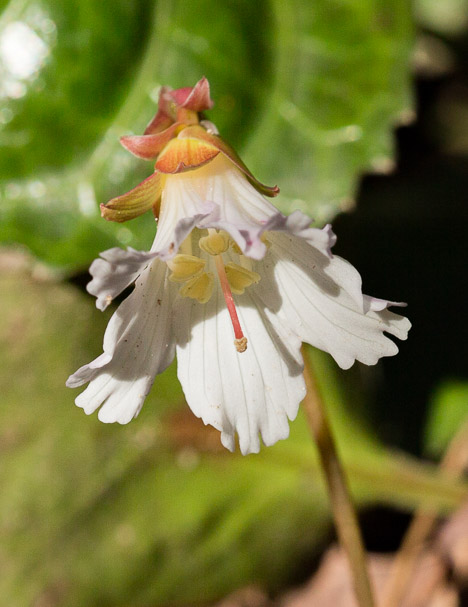|
||
|
|
|
Use a Macro Len (recommend), however, if your camera
has a close focus feature, use it. |
|
|
You will have to get low to photography this flower.
It is very small plant. |
|
|
Be extremely careful when setting up your shot, you
are not stepping on other Oconee Bell flowers. |
|
|
The Oconee Bell start to bloom in mid March to mid
April (Call the Ranger at Devil's Fork State Park in early
March and ask when they expect the flowers to bloom.o |
Driving Tips and Other Information
|
|
Use GPS or a mapping program to
Devils Fork State Park
61 Holcombe Circle |
|
|
As with most SC State Parks,
there is an admission fee ranging from $2.00 to $5.00, unless you
have a SC State Park Pass. |
|
|
After entering the park, drive pass the Visitors
Center to the back parking lot. Park next to the sign
indicating the start of the nature trail. |
|
|
After walking down the steps the trail will split - If you go to the left, follow the trail to the first bridge. - You will find the Oconee Bell next to the bridge in the creek - This is an fairly easy walk. - If you go to the right, the
trail is much steeper, however
|
Information compiled by Bob Spalding

